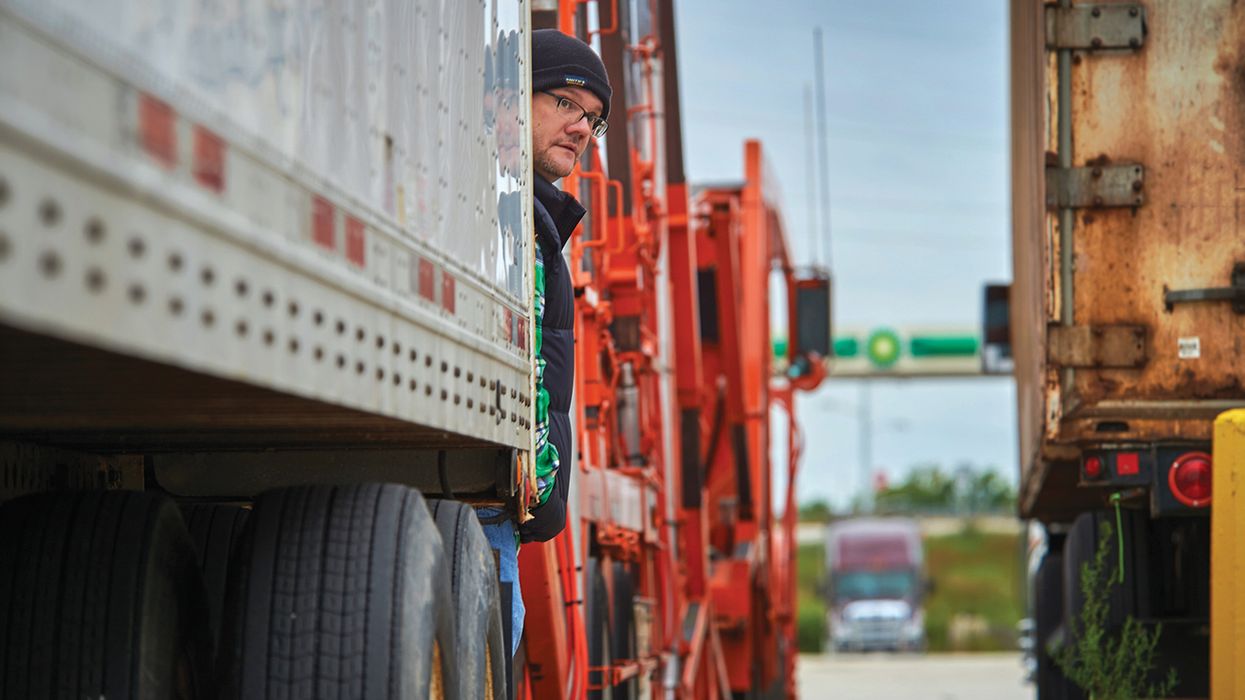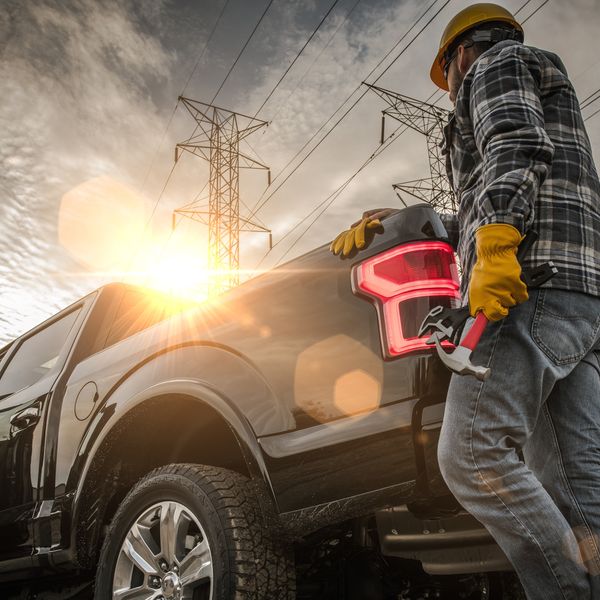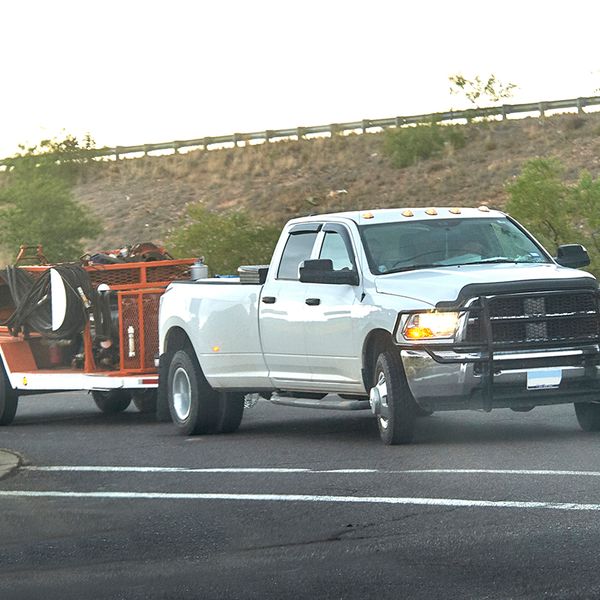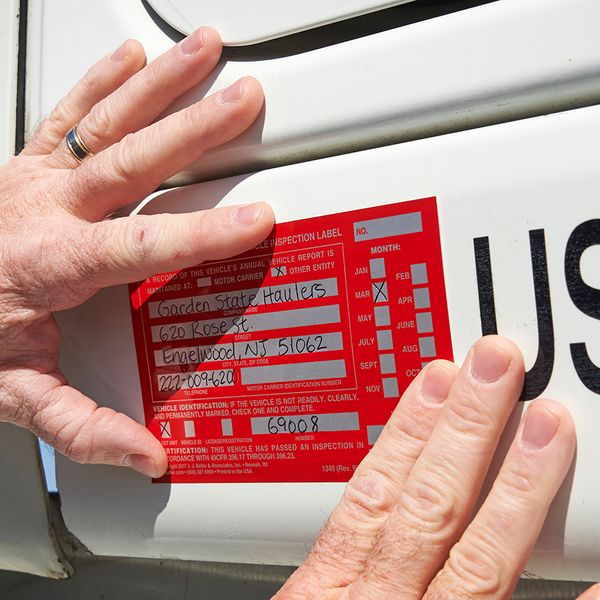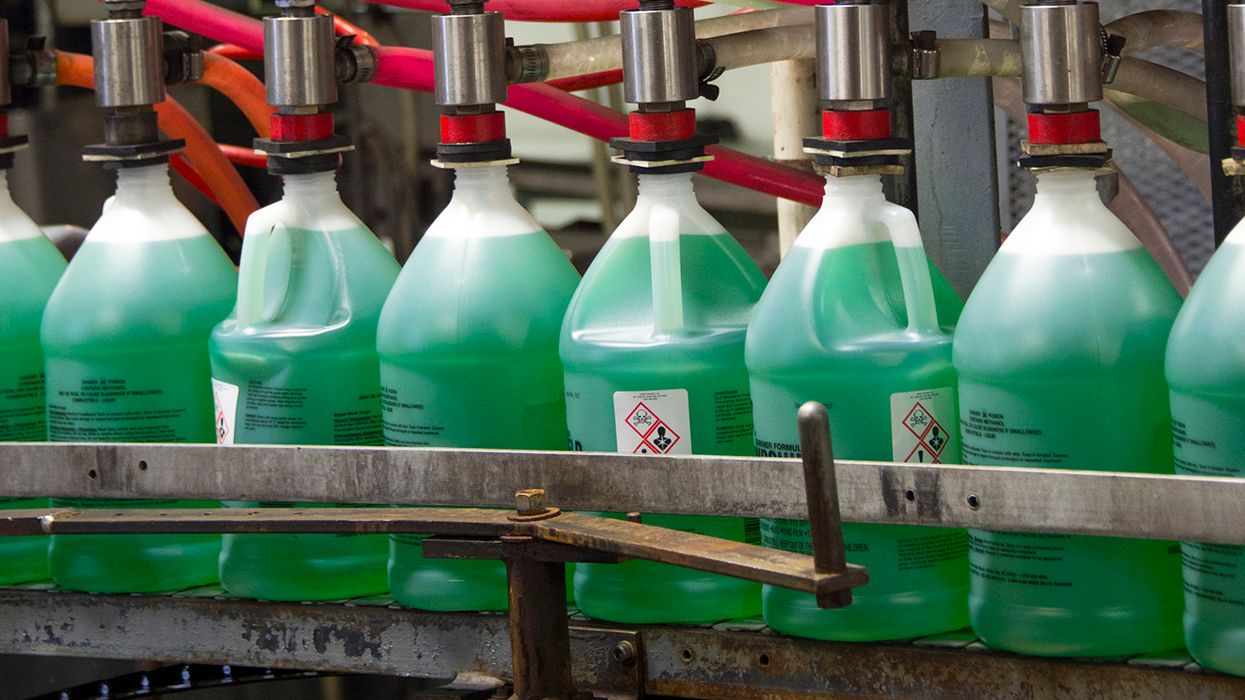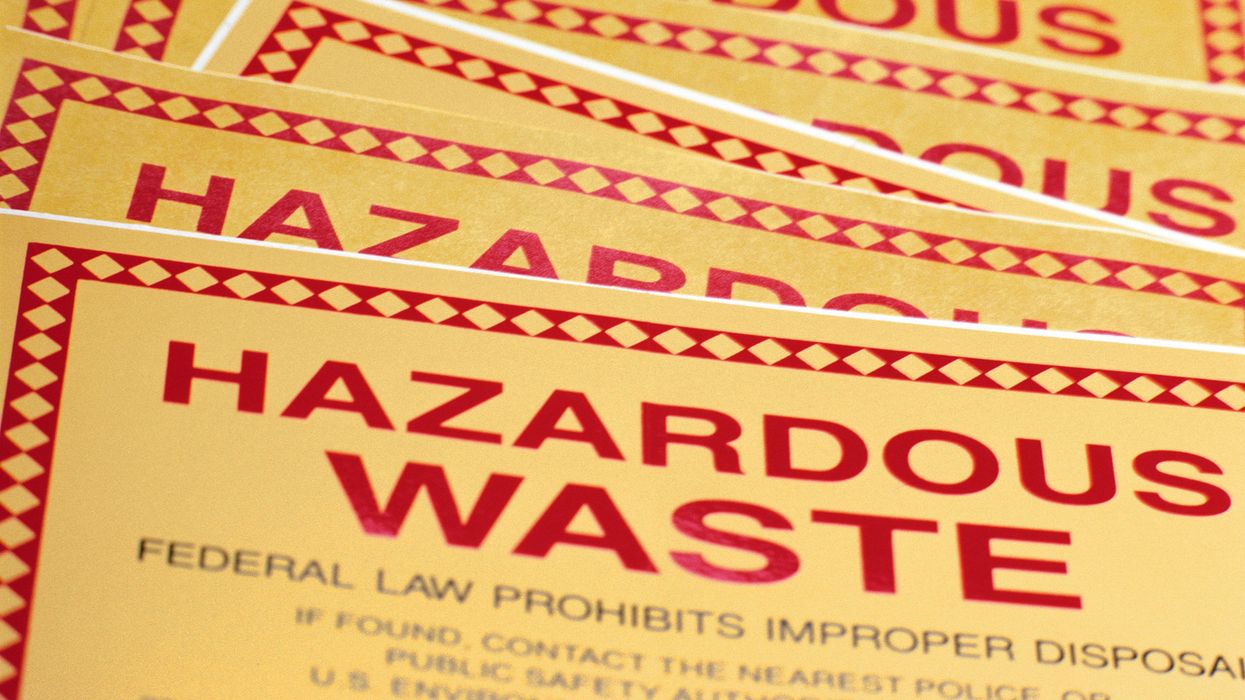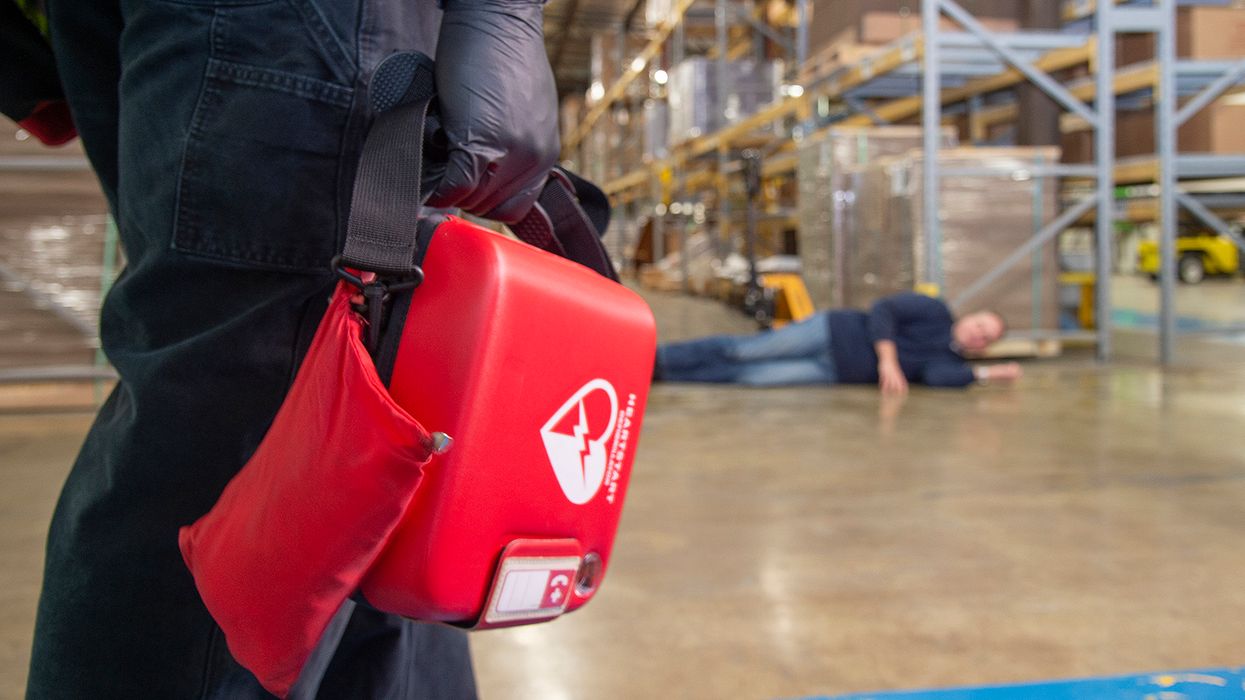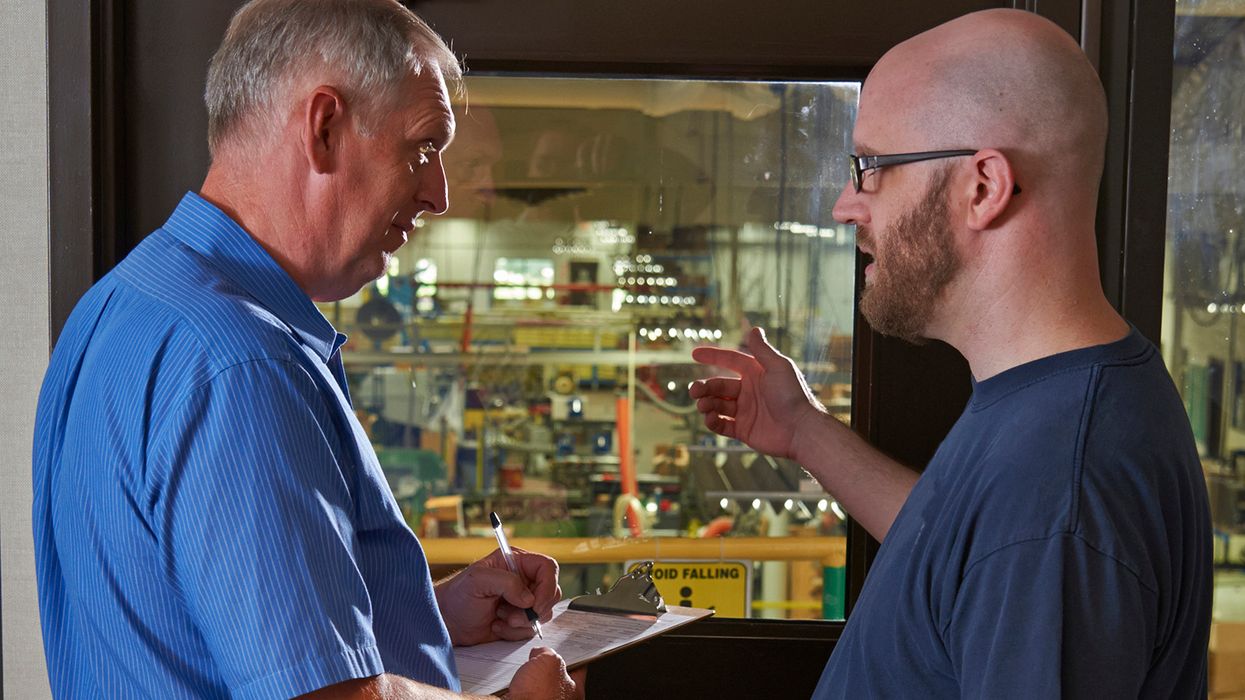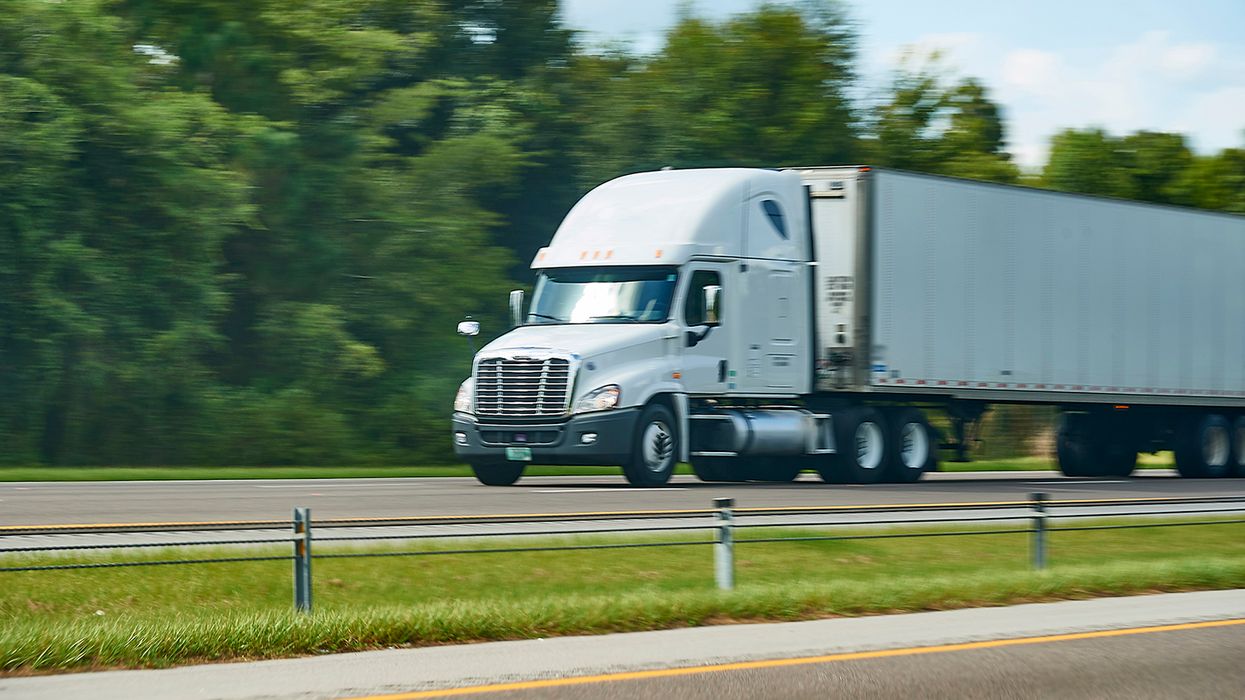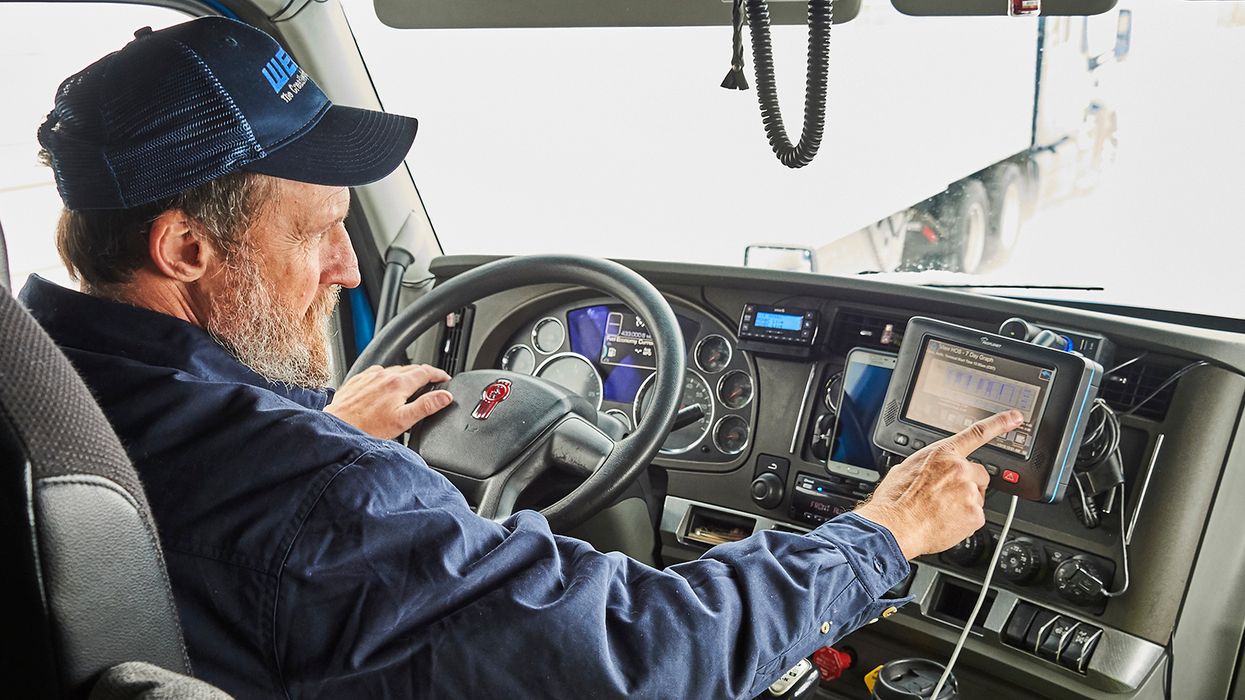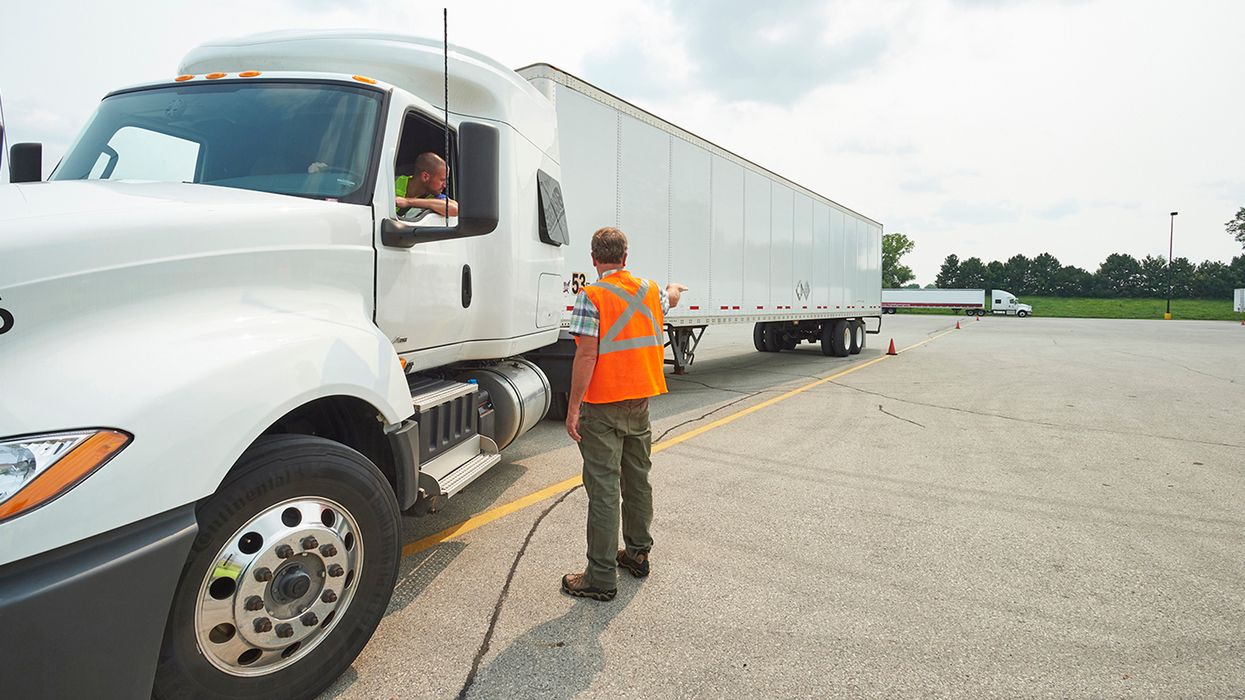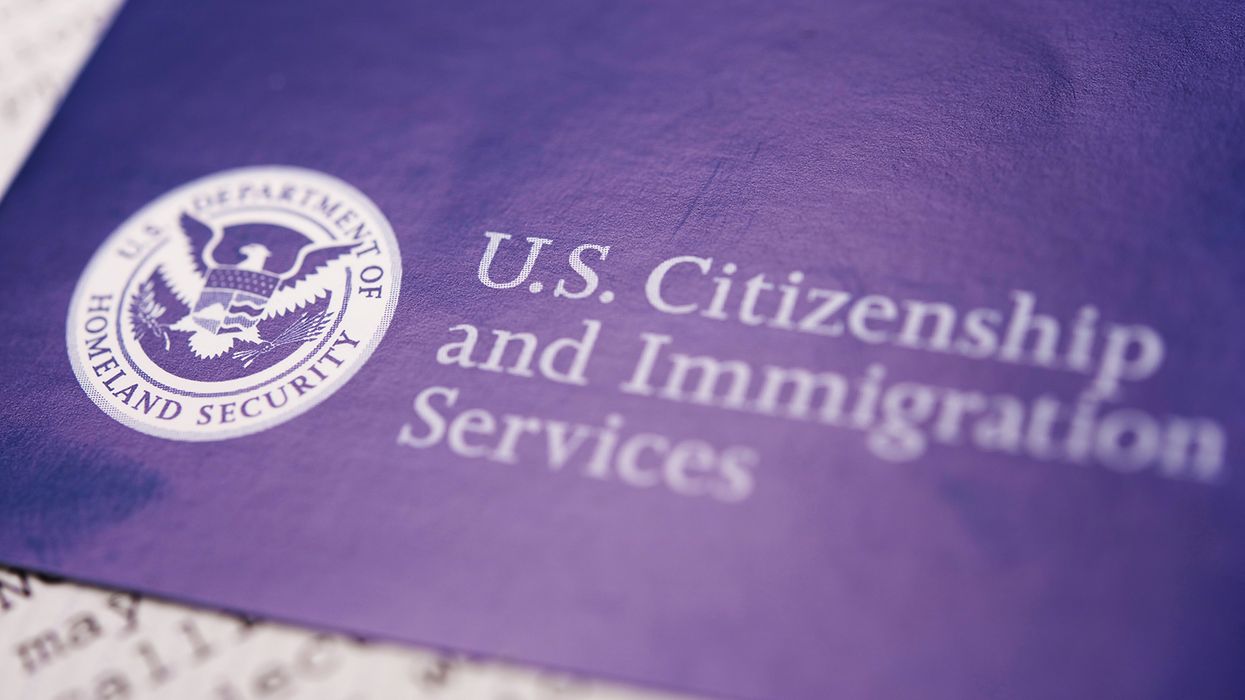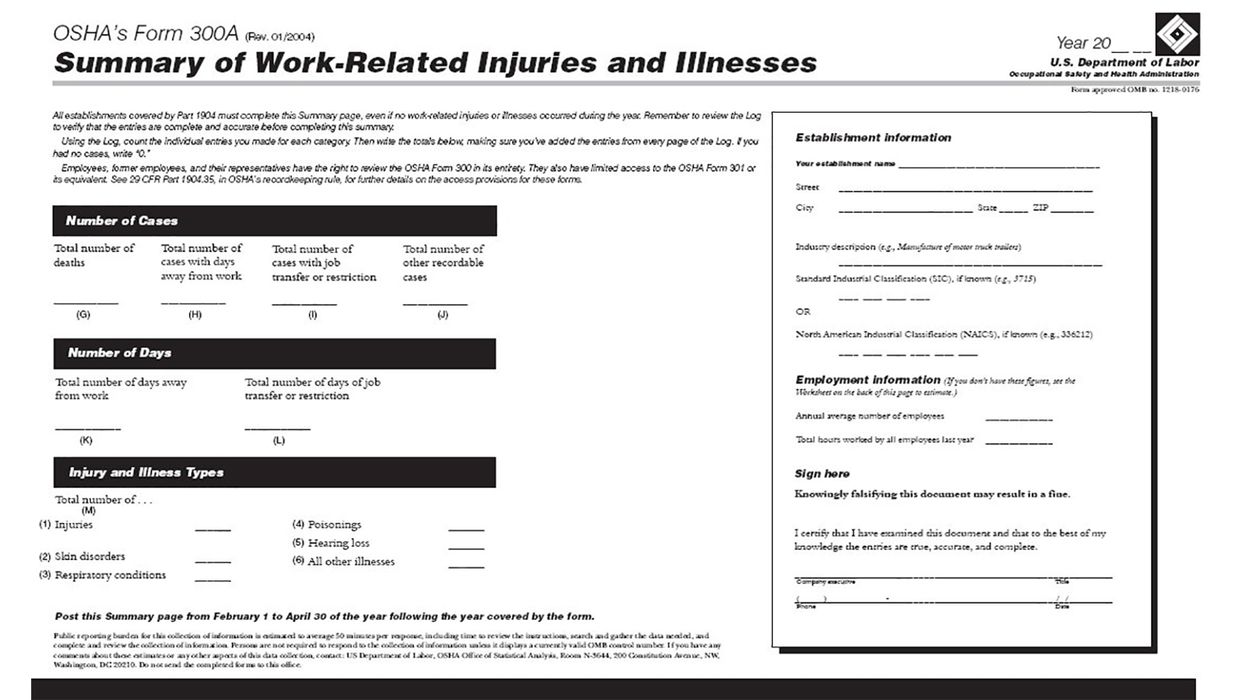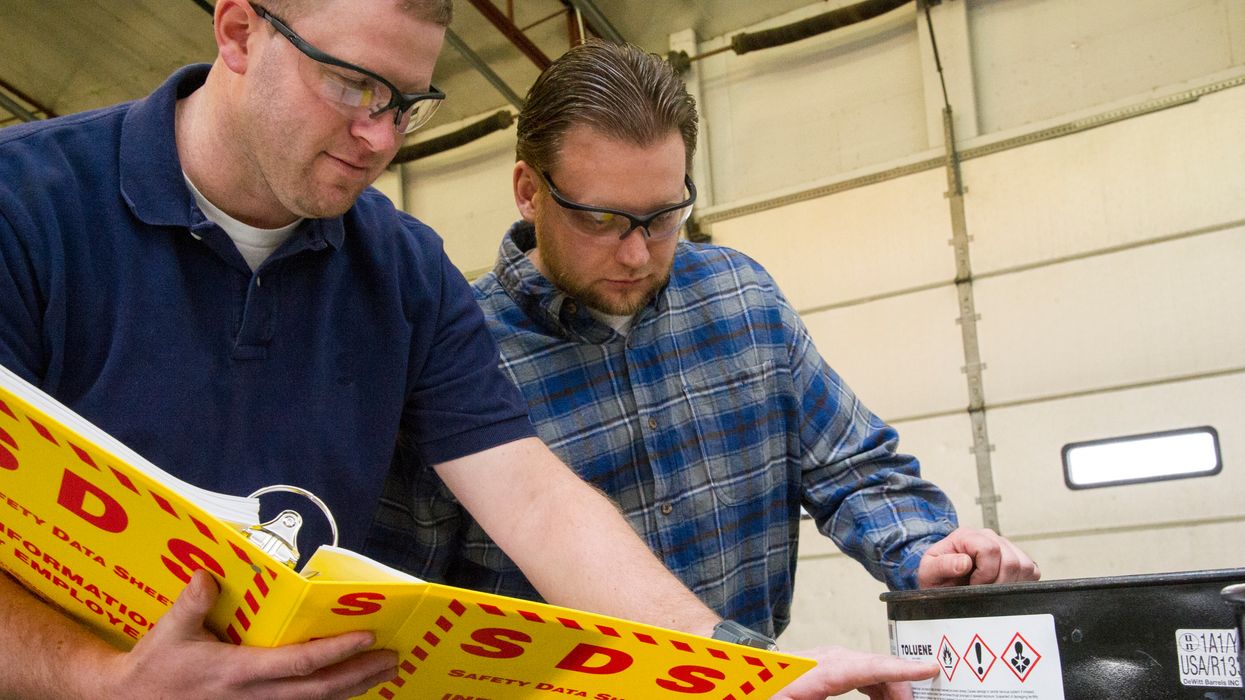VIN it to win it: Detailed information helps to recover stolen trucks
A 2-minute read on transportation security.
The clock is ticking when a commercial motor vehicle (CMV) is stolen. Information that law enforcement can assemble on the fly will make the difference between an apprehension of the perpetrators and a clean get-away.
Drivers and dispatchers play a key role in the criminal investigation when they provide enforcement details relating to the vehicle, incident, and suspect(s).
The vehicle
A detailed description of the power unit aids in locating the truck. Drivers and dispatchers should be ready to offer information on the truck, including:
- Year, make, and model
- Color
- Type of unit (cab-over or conventional tractor, straight truck, dump truck, etc.)
- Number of axles
- Identifying characteristics (dented fender, chrome wheels, etc.)
- License plate number and state and year of licensing
- Vehicle Identification Number (VIN)
Officers will need similar details on any attached trailer, along with a description of the cargo.
The incident
Law enforcement personnel need to know where and when the tractor and/or trailer were stolen. Drivers should provide a descriptive location including street numbers. If they don’t know when the truck and/or trailer disappeared, they should indicate the last date and time it was seen. The direction of travel after the theft should be communicated, if known.
The suspects
In addition to knowing what was stolen, when, and where, officers will need to know who was involved.
Driver should be trained to observe as much as possible, but never put themselves at risk. Drivers should make mental notes about the suspect(s), including:
- Hair color
- Hair length
- Facial hair
- Race
- Age
- Gender
- Height/weight
- Scars
- Tattoos
- Disabilities
Information on the suspect’s vehicle may prove invaluable during the investigation:
- Make
- Model
- Color
- Body damage
- Rust spots
- Bumper stickers
- Accessories
- License plate number
Other details
Police will need the carrier’s basic information for their criminal report, additional questions, and progress reports.
The driver should be prepared to provide the company’s name, addresses, contact person(s), and phone number(s).
Key to remember: Enforcement can only work with what is provided to them after a CMV is stolen. The culprits will be long gone if it takes too much time for the driver and carrier to assemble information. Drivers should be trained to provide basic details of a vehicle and the load to aid in an investigation.

